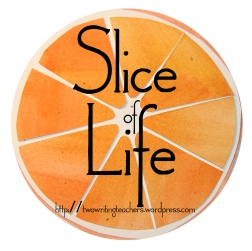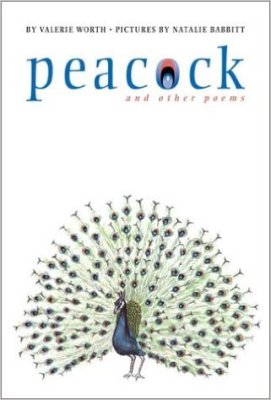“Not everything that counts can be counted, and not everything that can be counted counts.”
Albert Einstein
After hours of collecting and analyzing data, looking for reading behaviors used or not, identifying vowel patterns known and unknown, after hours of planning lessons, carefully choosing books and poems to support student needs AND spark their interest, after hours of instruction, coaching and supporting strategies or sounds they’re using but confusing, after phone calls and parent meetings about how students are or aren’t progressing, we’ve arrived at the last week of school, and the last lessons with my students for this year.
And the question on everyone’s mind? Did they meet the goal? Not did they meet their personal goal, but did they meet the goal for first grade? In the case of the students I work with, intervention students who came into first grade below the grade level goal, the answer is no.
And yet, they have made tremendous personal progress. They are all confident readers. They read books at their independent level fluently and with expression. They understand what they’ve read and have ideas about why characters act the way they do. They read nonfiction with curiosity and enthusiasm.
Do I feel like I have failed these students? Yes and no. I know their classroom teacher and I did everything we could to support their progress. I know they worked hard when they were with me and made incremental gains on most days. But teachers are always second-guessing themselves. We feel like there must be something else we could have done. But very often, our best truly is enough. These five- and six-year olds just need more time to learn those diphthongs and -r controlled vowels. They need more time to remember to try a different vowel sound if they one they used doesn’t make sense.
I’m willing to give them that time, as long as they’re making progress along the way AND they are falling in love with reading. If both of those things aren’t happening, then something needs to change. If the teaching techniques I’ve been using aren’t meeting their needs, then it’s my responsibility to find a new strategy or technique that does meet their needs. Have I done this? Yes. So back to the original question: Did these students meet the goal?
In my mind, yes. They are readers who can problem-solve to read unknown words, they make meaning from the texts they read, and most importantly, they enjoy reading and are proud of their accomplishments. And isn’t that our goal for all our students?
Thank you to Stacey, Dana, Betsy, Beth, Kathleen, Deb, Melanie, and Lisa for this space for teachers and others to share their stories each Tuesday. Be sure to visit Two Writing Teachers to read more Slice of Life posts.










![Henri Fantin-Latour [Public domain], via Wikimedia Commons](https://readingtothecore.files.wordpress.com/2016/05/henri_fantin-latour_-_vase_of_flowers_-_google_art_project.jpg?w=293&h=369)

![By Winslow Homer (Memphis Brooks Museum of Art) [Public domain], via Wikimedia Commons](https://readingtothecore.files.wordpress.com/2016/05/winslow_homer_reading_by_the_brook_1879-_oil_on_canvas-_memphis_brooks_museum_of_art_memphis.jpg?w=496&h=359)



